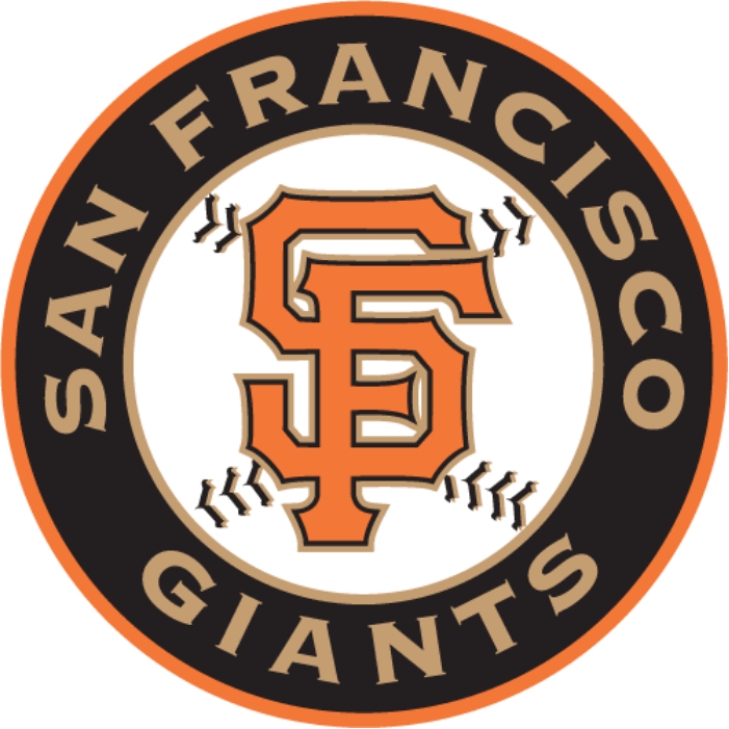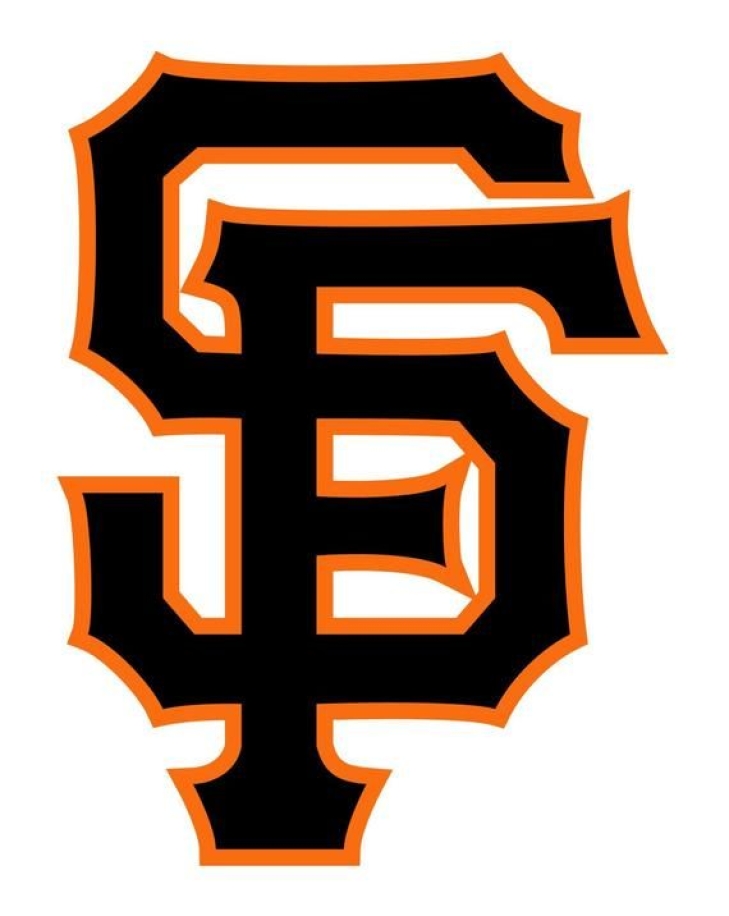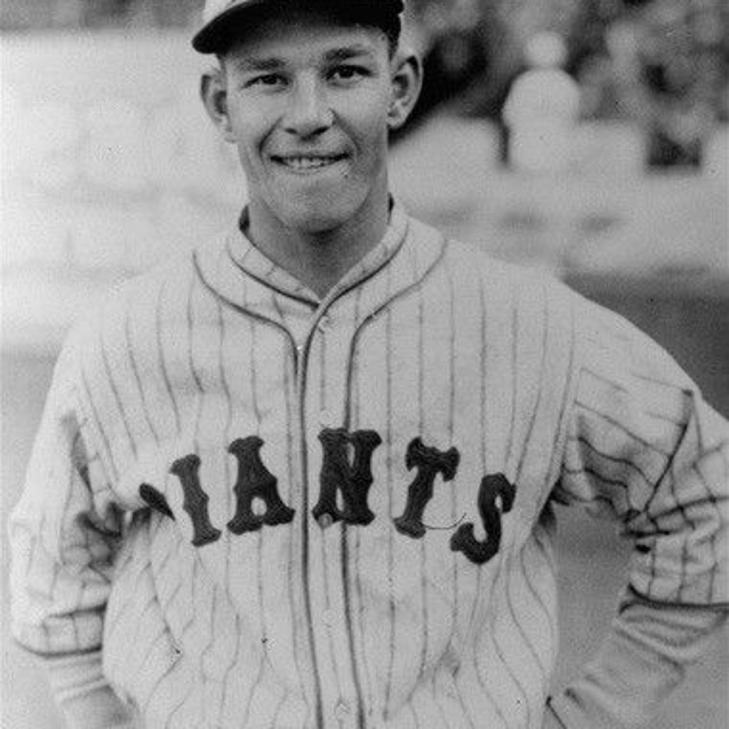- Published in Not in Hall of Fame News
Our All Time Top 50 San Francisco Giants have been revised to reflect the 2024 Season
Yes, we know that this is taking a while!
As many of you know, we at Notinhalloffame.com are slowly generating the top 50 of each major North American sports team. That being said, we have existing Top 50 lists and consistently look to update them when necessary and based on necessity. As such, we are delighted to present our post-2024 revision of our top 50 San Francisco Giants.
As for all of our top 50 players in baseball, we look at the following:
1. Advanced Statistics.
2. Traditional statistics and how they finished in the National League.
3. Playoff accomplishments.
4. Their overall impact on the team and other intangibles that are not reflected in a stat sheet.
Please note that our algorithm has changed, which yielded minor changes throughout the baseball lists.
Last year, the Giants went 80-82 and were fourth in the NL West. There were no new entrants, except for one who debuts based on the new algorithm,
As always, we present our top five, which saw one change based on the new algorithm.
1. Willie Mays
2. Barry Bonds
3. Mel Ott
4. Christy Mathewson
5. Carl Hubbell
You can find the entire list here.
The only new addition was George Van Haltren, who as discussed above, enters via the new system.
We thank you for your continued support of our lists on Notinhalloffame.com.




